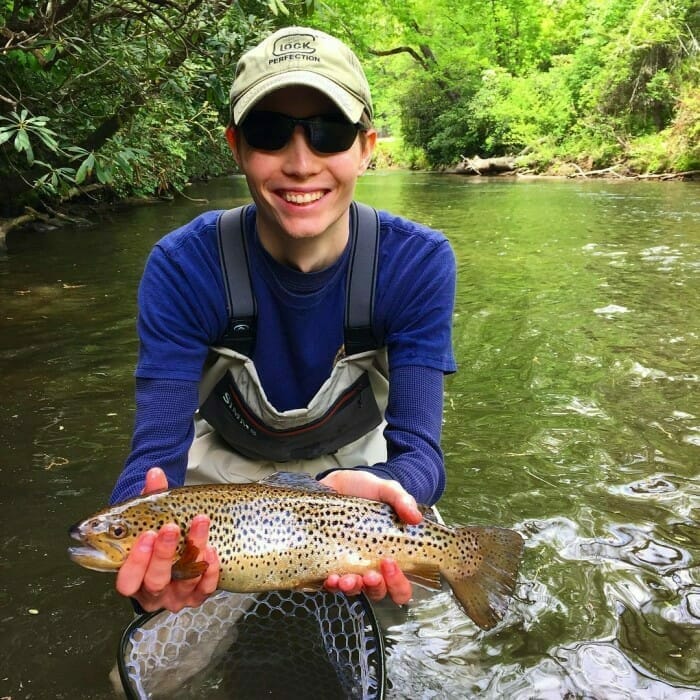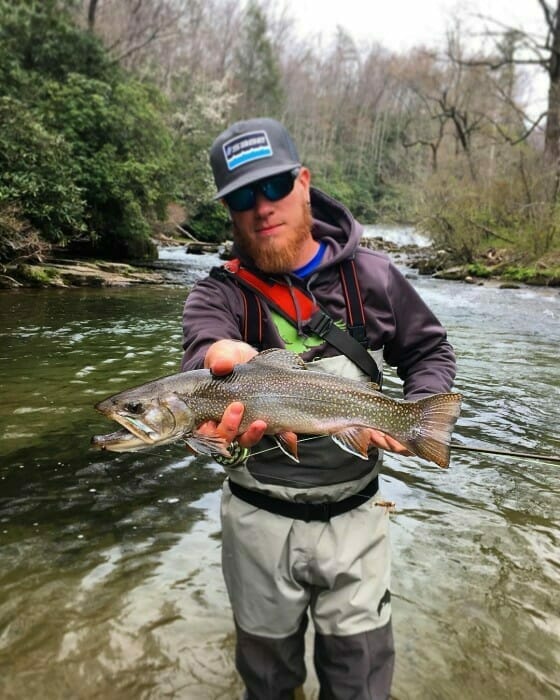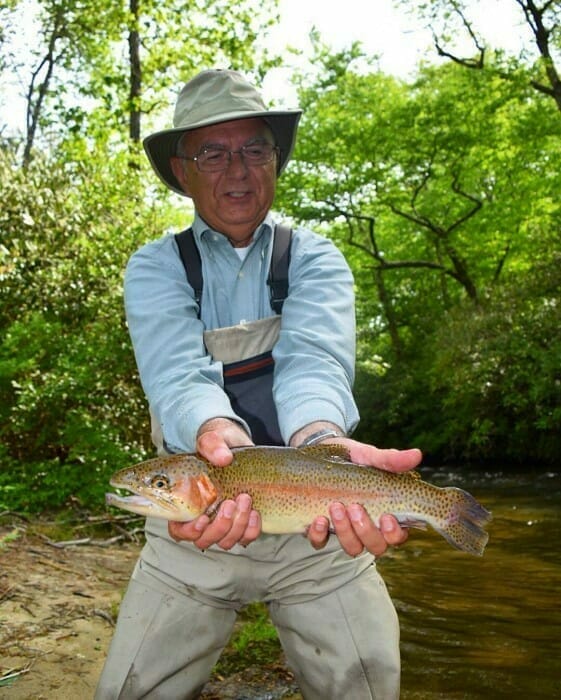October 1st marks the beginning of delayed harvest season in North Carolina. Anglers throughout the region will undoubtedly be checking the stocking report (click for link) to find out what day their local DH streams will be filled with naïve, eager trout. Those anglers will experience a couple weeks of incredible fishing. Freshly stocked trout, big and small, will fall victim to the pink san juan worm left and right. Eggs or flashback nymphs will consistently take fish on even the most unnatural of drifts. Wooly buggers will be dangled downstream and twitched every once in a while until a hungry unsuspecting trout wanders by unable to resist. Fishing for fresh stockers is fun and honestly a great learning tool for beginner anglers. The more opportunities you have at setting the hook and playing fish, the quicker you get the feel for it. After a couple weeks of downright suicidal behavior, these fish will definitely become more difficult to catch. People often come into the shop wondering where these fish have gone. The fish are still there, here’s a few tips on how to catch them.
If you are not finding the success you were hoping for on a delayed harvest stream, there are a couple of adjustments you can make to increase you catch rate. First of all, especially in clear water conditions, I often downsize tippet to 6x. A lot of these fish have already been taken a few times and scaling down to finer tippet will definitely better your chances of an eat. Although tedious to work with, smaller tippet will increase opportunities in this situation and give you some experience when chasing wary wild trout in low water conditions. Also consider lengthening your leader to 10 feet or more. This leaves less butt section of the leader in the visible range of the fish.
In addition to scaling down tippet size you may want to consider trying some smaller flies. The delayed harvest streams will typically be toughest during the months of January and February because of long lapses with no  stocking. During these months, fish often key in on midges because of a lack of other available aquatic insects. Using small blue wing olive nymphs, zebra midges, or other midges like WD-40s or rainbow warriors may be the key into having a great mid-winter day.
stocking. During these months, fish often key in on midges because of a lack of other available aquatic insects. Using small blue wing olive nymphs, zebra midges, or other midges like WD-40s or rainbow warriors may be the key into having a great mid-winter day.
In general, as the fishing gets tougher on delayed harvest streams, treat them like a wild trout stream; a heavily pressured wild trout stream at that. Long leaders, light tippet, and small flies are a good place to start but also take extra precaution insuring a stealthy approach. Because of the heavy pressure these streams often see, the fish will become much more wary and you may spook fish if not careful. Maybe try approaching your favorite runs from an alternate path or trying a long downstream presentation instead of marching into the run from the same access that you and countless other people have used.
 As I mentioned earlier, fishing to freshly stocked fish is a lot of fun and a great learning tool for beginners. However, don’t let a 40 plus fish day fool you into thinking you’ve struck fly fishing gold. The more time the fish spend in the stream and the more pressure they receive, the more difficult they will become to catch. If you go out a few weeks later and aren’t having the success you were hoping for, don’t assume the fish have magically disappeared. Try some of the tactics I mentioned and take on the challenge with a positive attitude. Ultimately, mastering the art of catching well educated stockers will make you a better all-around angler.
As I mentioned earlier, fishing to freshly stocked fish is a lot of fun and a great learning tool for beginners. However, don’t let a 40 plus fish day fool you into thinking you’ve struck fly fishing gold. The more time the fish spend in the stream and the more pressure they receive, the more difficult they will become to catch. If you go out a few weeks later and aren’t having the success you were hoping for, don’t assume the fish have magically disappeared. Try some of the tactics I mentioned and take on the challenge with a positive attitude. Ultimately, mastering the art of catching well educated stockers will make you a better all-around angler.
Ryan Kaufman
Head Guide at Headwaters Outfitters
